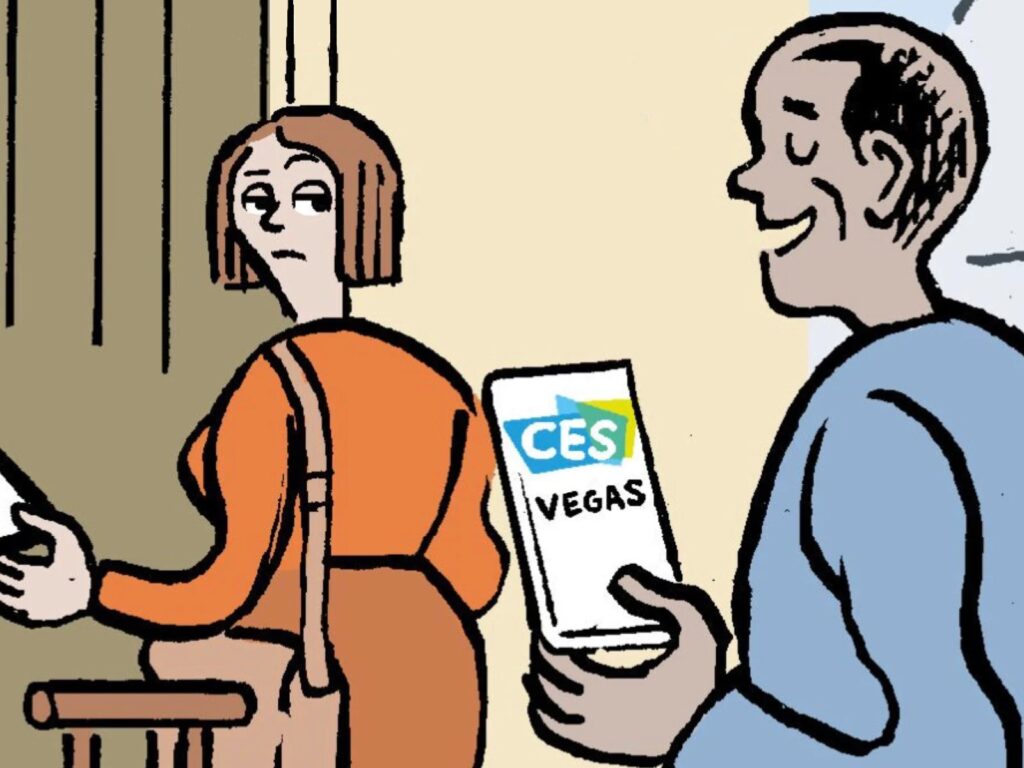Both in-house and agency creatives face numerous challenges in trying to get their jobs done, resulting in more than 90 percent of companies experiencing project delays.
Not surprisingly, 65 percent of small teams—with their ability to be nimble and pivot quickly—experience only some or no project delays, while nearly a quarter of teams with 51 people or more experience delays on most or all of their projects, according to the new report “The State of Creative Teams in 2018,” from Wrike.
The top challenge cited by managers was working collaboratively with other departments, which explains why respondents rated “I feel like I am being used to my potential” a 5.9 on a scale from 1 to 10 with 10 being the strongest level of agreement.
As expected, in-house creative teams work most often with marketing (83 percent), but also product/product management (65 percent), sales (61 percent), R&D (42 percent), general management/executive (23 percent) and administrative (20 percent).
Other articles you might enjoy:
- Freelance Creative Talent Pool Grows Stronger: Survey
- Kimberly-Clark’s Creative Strategy to Hire “Original Thinking” Millennials
In-house creatives find working with human resources and administrative departments the most challenging. On the flip side, agency creatives find marketing the most difficult department to work with (57.5 percent), followed by general management and executives (40 percent) and administrative (34 percent).
For the in-house teams, “This may stem from challenges related to justifying requests for resources, like additional budget for new tools or hires. Some 70 percent of in-house managers say justifying resource requests is a major challenge, while only 56 percent of agency managers agree,” the report found.
Overall, the biggest challenges when working with other departments is not enough detail in creative briefs, as cited by 28 percent of respondents, not having appropriate tools in place to review graphics and designs in an effective way tied at 15 percent with other departments seeing them as a service provider, not a business partner.
Interestingly, in-house creative teams report that other departments view them as a service provider versus a business partner.
“In-house creative teams and the chief design officer role are becoming more common across organizations as design grows increasingly critical to user experience. Perhaps in-house creatives haven’t fully established themselves as key business partners, or other in-house teams are still warming up to the idea,” Wrike said.
Other challenges reported have remained the same for eons, including unrealistic expectations from clients and stakeholders, a lack of time to be creative and non-creative professionals insisting on unsuitable design ideas.
Other highlights from the report include:
• Individual contributors struggling with unrealistic expectations (71 percent), not having enough time to be creative (61 percent), and tracking versions of content and feedback (41 percent).
• The top three trends creatives predict will have the biggest impact on their output are all related to technology: artificial intelligence, advances in advertising formats (mobile, virtual reality and augmented reality) and changing technology tools for creatives.
Despite the challenges, in general, the report found that creatives feel positive about their work environment and understand expectations and agree strongly that they have pride in their work and know what is expected of them.
 Network
Network

